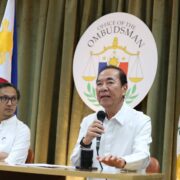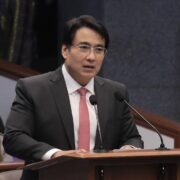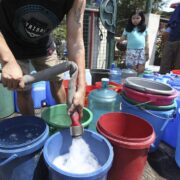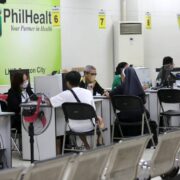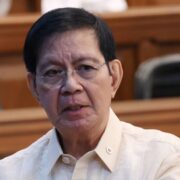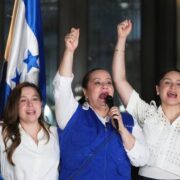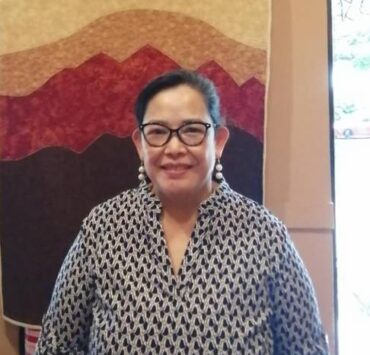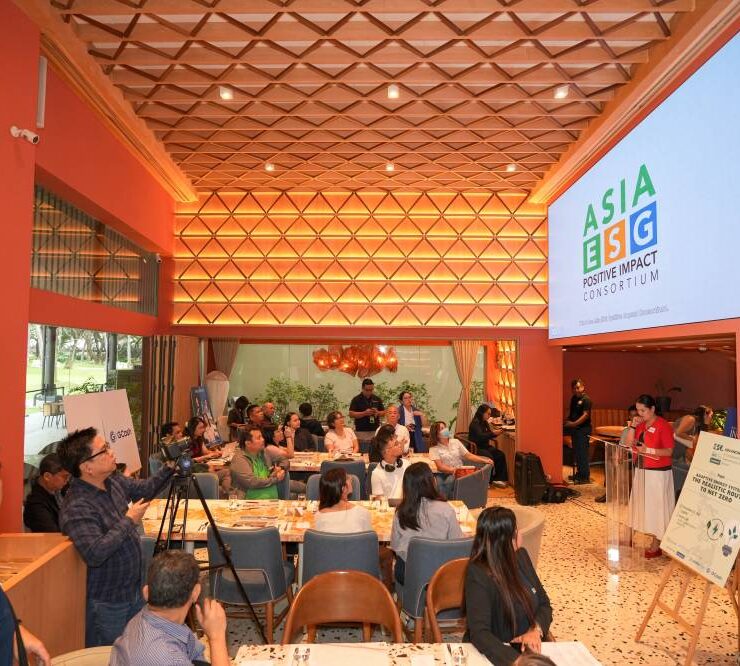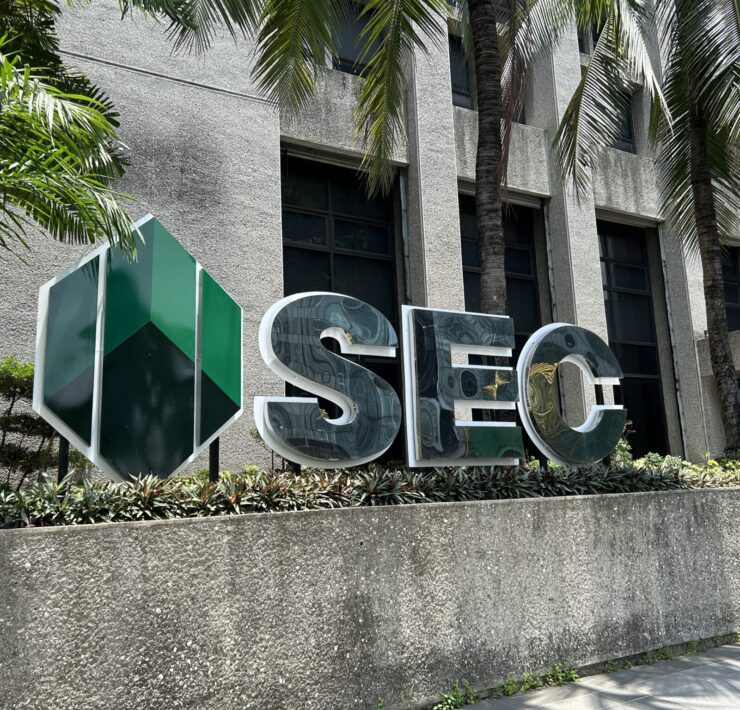Indigenous Ibaloy knowledge built into Baguio’s circular economy
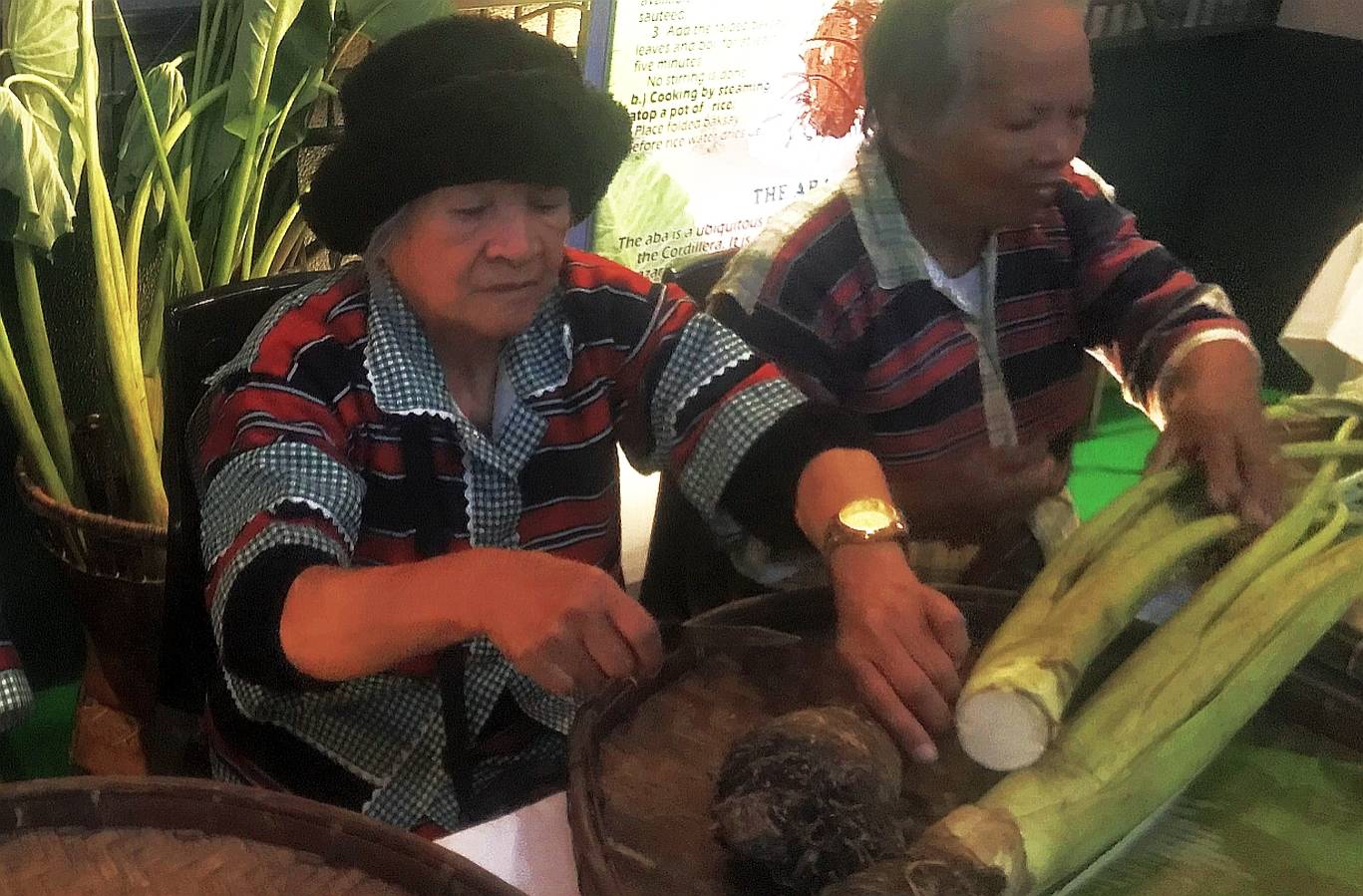
BAGUIO CITY—In the ancestral domain of Baguio’s original settlers in Barangay Happy Hallow, Ibaloy households frequently consume taro vegetable stew (“pising,” which mixes taro stalk with meat) and boiled taro leaves (“baksay”), ensuring that nothing goes to waste.
Every part of “ava” (the Ibaloy term for taro, or the common “gabi”) is edible, and the succulent plant is abundant in Barangay Happy Hallow, according to researcher Rosella Camte Bahni, who is associated with the city government’s ongoing Cultural Mapping Program. The mapping report states that the Baguio Ibaloy community values the plant as a medicinal aid for asthma, diarrhea, and skin ailments, as well as for animal food.
Add “talangkarew” (tiger grass), cassava, corn, pechay, the five natural springs, and the 15 small rice fields among Happy Hallow’s heritage resources that sustain the domain’s green lifestyle.
These are some of the findings gathered by scholars, Ibaloy elders, and civic leaders during a series of cultural mapping exercises commissioned from March 3-7 by architect Donna Rimando Tabangin, the city government’s urban planner, with the support of the United Nations Development Programme (UNDP).
Baguio is one of the first 10 local governments benefiting from the European Union’s Green Economy Program in the Philippines (EU GEPP) and the UNDP’s Green LGU (local government unit) campaign.
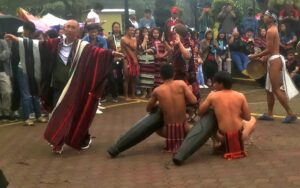
New mantra
However, the summer capital stands out because it has also integrated indigenous cultural practices into its plans for embracing a green economy, alongside policies for Gender Equality, Disability, and Social Inclusion and for people with disabilities, said Marjorie Balay-as, UNDP’s LGU and stakeholder engagement specialist for both the EU GEPP and the Green LGU initiatives.
Last year, Baguio Mayor Benjamin Magalong surprised his own team when he suddenly abandoned all waste-to-energy proposals meant to address the city’s mounting solid waste and instead advocated for the circular economy model, which promotes reduced consumption and the extended life of discarded waste through recycling or remanufacturing.
When the city formally launched its circular economy plans on Jan. 31, recipes for baksay and pising were key elements of the program, which uses the campaign motto “Pansanopen” (an Ibaloy term for communal effort).
The new green waste mantra—reduce, reuse, recycle, and recover—“has long been practiced by the original settlers and migrants of Baguio,” who are guided by the concept of “aya ayu” (equivalent to “sayang,” or the Filipino sentiment of regret over wastefulness), said Ibaloy elder Vicky Makay, who spoke about the circular economy at this year’s International Women’s Day program on March 8.
Practical solution
Makay said that old Baguio families have long reused plastic containers and even plastic utensils as a practical solution—just as they still collect rainwater from gutters to help address Baguio’s environmental challenges.
“Nature to us is sacred. Hence, our respect for nature translates to environmentally responsible behavior,” stressed the Ibaloy elder, who was recognized as one of this year’s Outstanding Women Leaders.
“There is no single knowledge system or approach to a circular economy that is sufficient on its own, which underscores the significance of integrating various forms of knowledge for a more meaningful and just practice of a circular economy,” Balay-as said in an email to the Inquirer.
“This being said, exploring ways to integrate various frameworks—such as indigenous and scientific knowledge—is essential. The culture-based circular economy value chain in Happy Hallow experimented with this integrated approach, which provided many valuable insights,” she added.
Balay-as further emphasized: “Indigenous peoples live a life premised on a symbiotic relationship with nature and with one another. This form of reciprocity fosters the sustainable use and management of natural resources. Indigenous peoples take only what they need and replenish what they have taken. This indigenous knowledge and practice of natural resource management promotes communal self-sufficiency and resilience—goals that the circular economy aims to achieve.”





